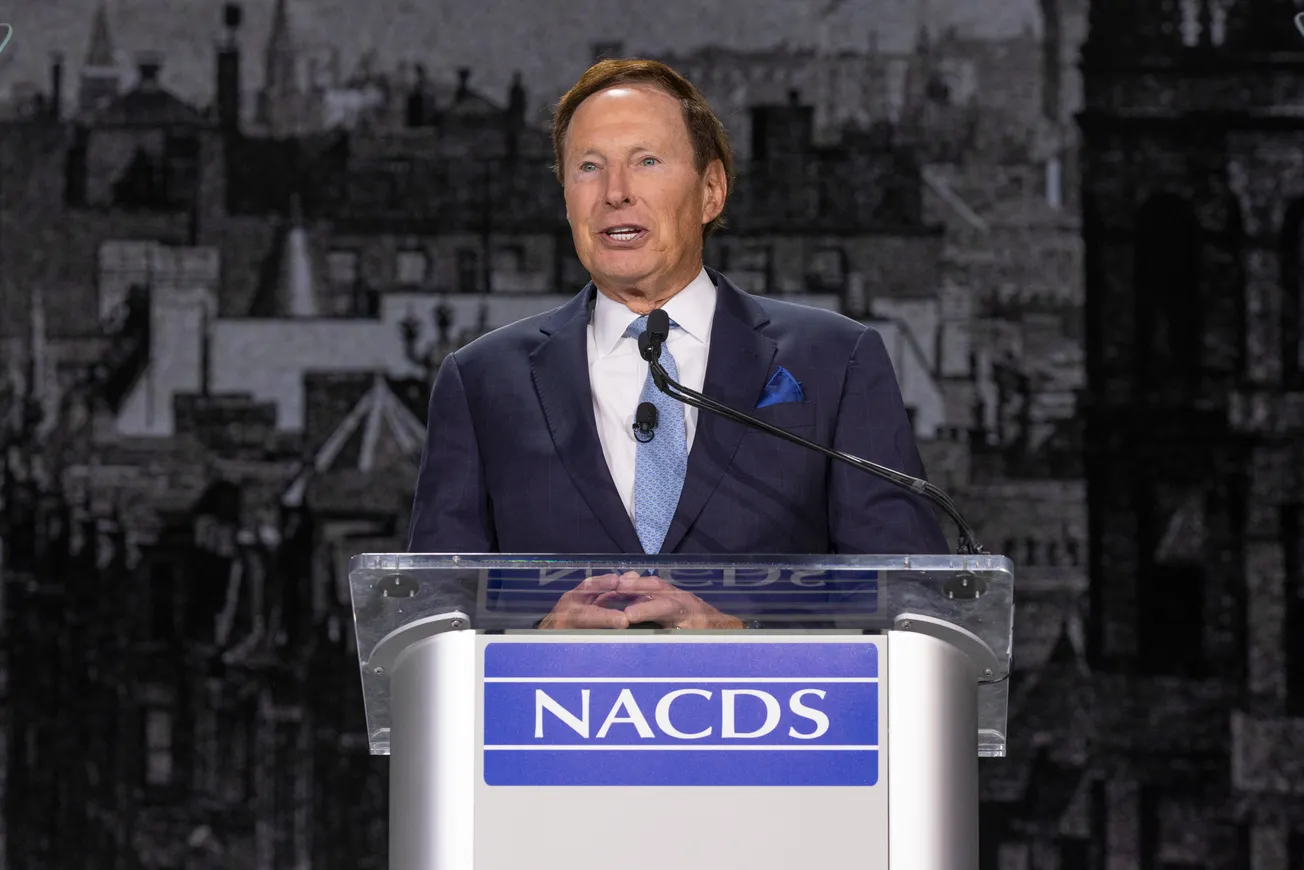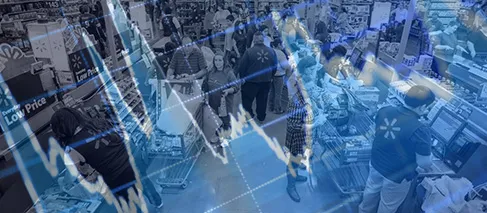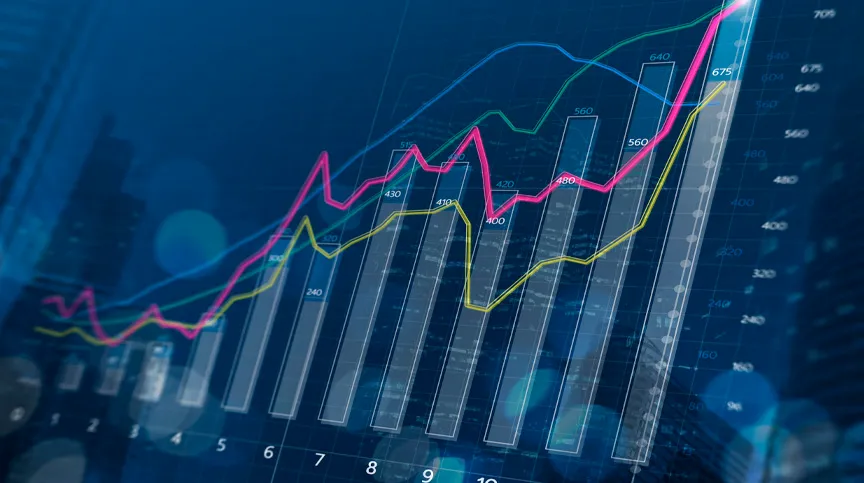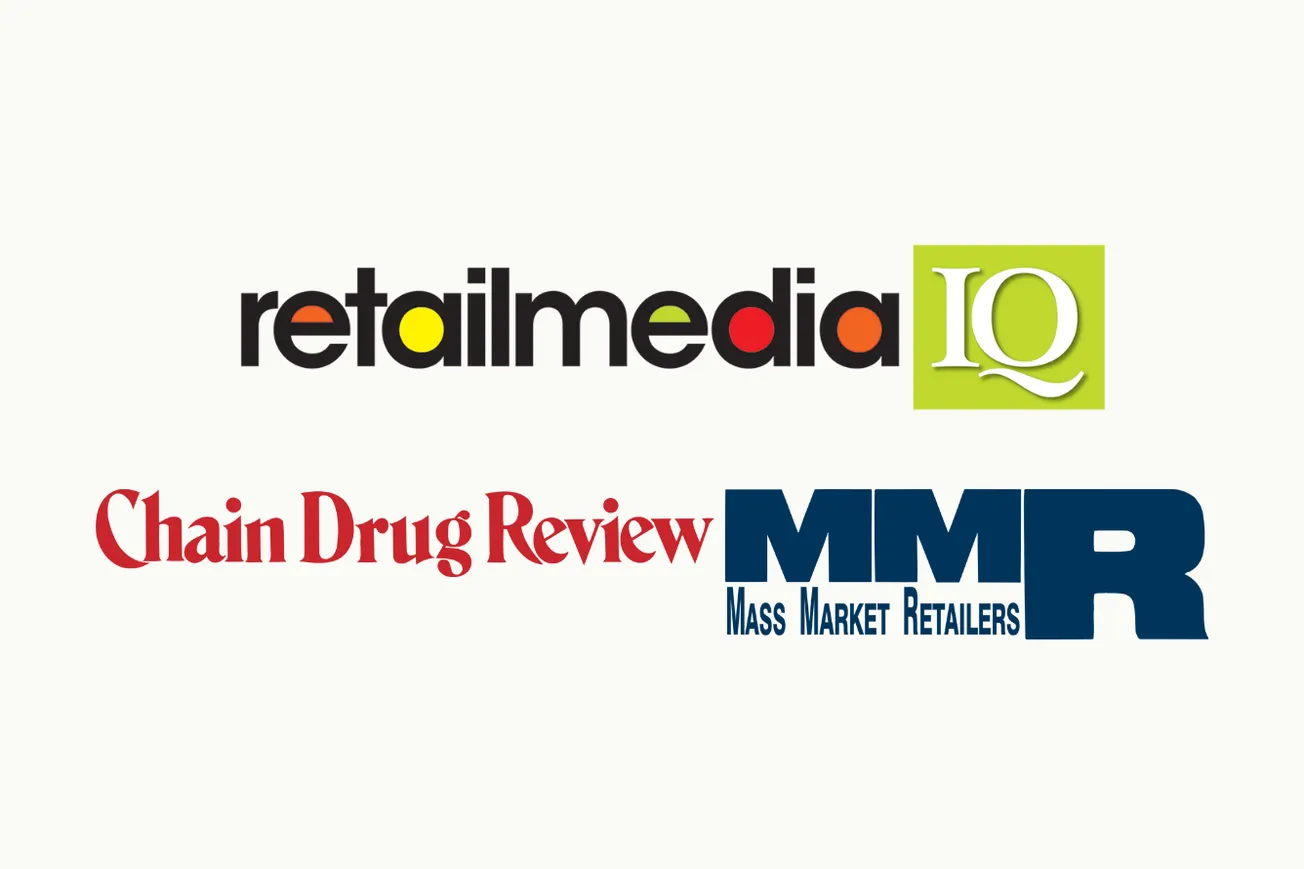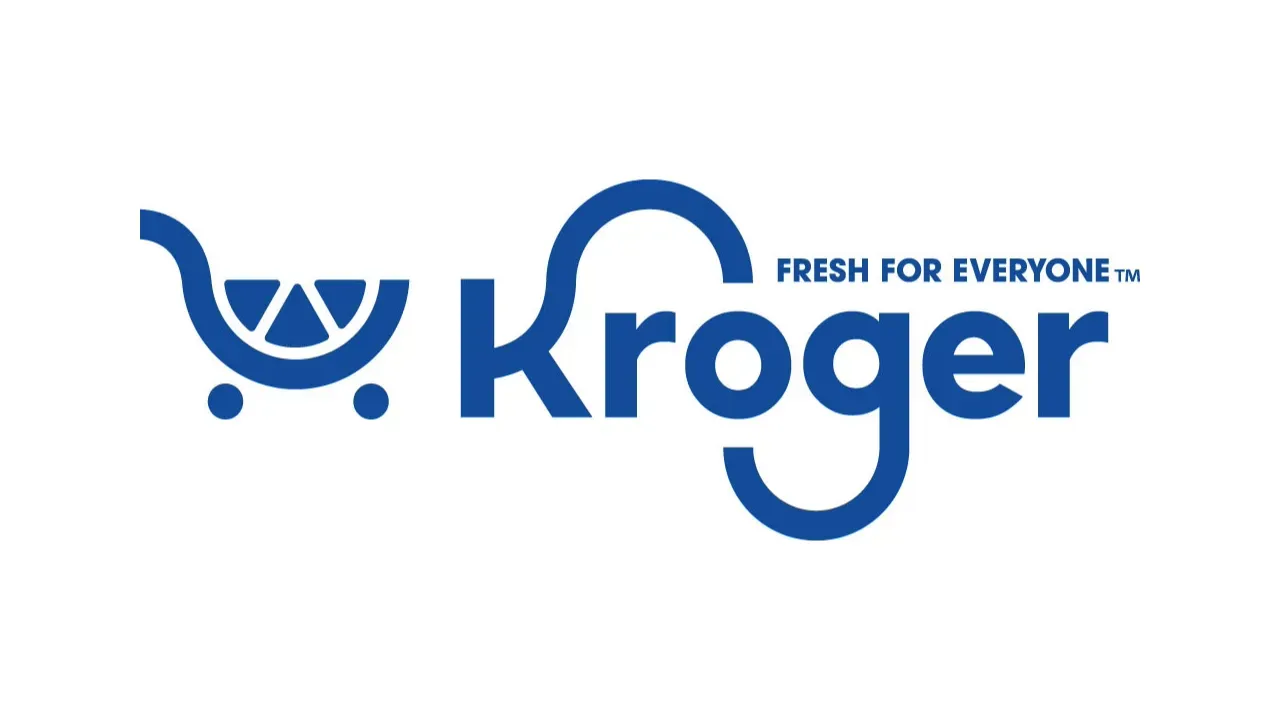PURCHASE, N.Y. — U.S. consumer spending maintained its positive momentum in February, according to Mastercard SpendingPulse, which found that overall retail sales (excluding auto) increased 8.7% year-over-year and were up 17.3% compared to pre-pandemic (2019) spending levels. This is slightly above January growth.
In-store spending grew 10% in February compared to the same month last year and rose 8.0% compared to pre-pandemic levels, driven by consumers resuming in-person activity. E-commerce sales in February were up 4.4% year-over-year and 85.9% vs. pre-pandemic as the shift to digital remains a persistent yet slowing trend.
The elevated level of inflation is reflected in the February retail sales increases; other key trends include:
- Return to office attire: Apparel (+37.6% YOY / +34.3% pre-pandemic) and Department Store (+26.3% YOY / +3.4% pre-pandemic) growth rates remained elevated for the month as consumers prepare to return to physical offices, updating their wardrobes after nearly two years of working remotely.
- In-store growth rates rallied: As noted, in-store growth rates rallied through much of February, up 10% compared to last year and 8.0% vs. pre-pandemic. Contributing factors include the fact that heavy winter storm activity suppressed in-store sales in large portions of the U.S. this month last year, as well as the fact that many Covid restrictions were removed this month.
- Home décor discounts: Furniture and Furnishings sales spiked in February around the traditional President’s Day weekend, driving growth rates +10.8% YOY and +17.9% compared to pre-pandemic 2019 levels for the month.
- Restaurant resurgence: Restaurant sales (+39.4% YOY / +24.2% pre-pandemic) continued to outperform in February with growth rates in the 30-40% range across most states.
“Despite inflation, consumers are putting their record savings to work and expressing themselves through fashion again—much to the benefit of the Apparel, Department Store, Luxury and Jewelry verticals, according to Mastercard SpendingPulse,” said Steve Sadove, senior advisor for Mastercard and former CEO and Chairman of Saks Incorporated.
Mastercard SpendingPulse reports on national retail sales across all payment types in select markets around the world. The findings are based on aggregate sales activity in the Mastercard payments network, coupled with survey-based estimates for certain other payment forms, such as cash and check. Mastercard SpendingPulse defines “U.S. retail sales” as sales at retailers and food services merchants of all sizes. Sales activity within the services sector (for example, travel services such as airlines and lodging) are not included.



